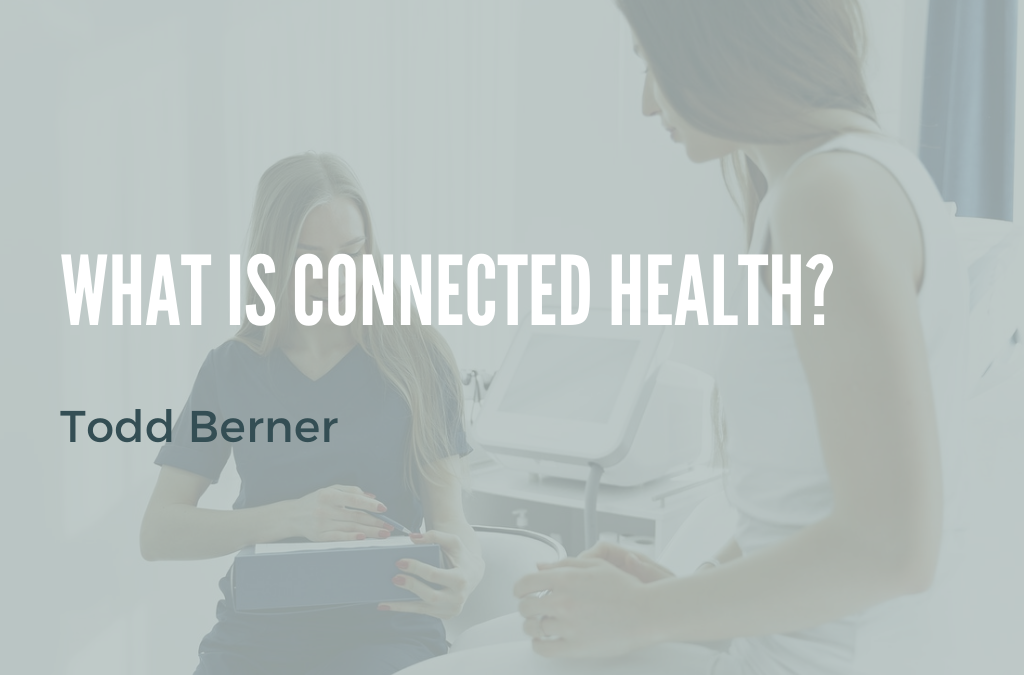Technologically assisted health services have been critical for health providers to utilize during the pandemic to give their patients safe and convenient options for accessing healthcare. However, these services– collectively referred to as connected health– are not a phenomenon unique to this moment. Providers have been increasingly interested in adopting these services to increase patients’ engagement in their health.
Connected health encompasses many different types of engagement tools; online portals, messaging clients, apps, telehealth, and monitoring devices are examples of connected health services. These tools’ unifying factor is that they allow patients and providers to interact with each other digitally. A health providers survey reveals that a high percentage of health providers are utilizing or beginning to integrate these services. The primary reason respondents gave for implementing these tools was that it helped patients be more engaged with their health and eventually positively impacted health outcomes.
Technology can help provide solutions for patients with chronic illnesses who need long-term or regular care. Studies have indicated that the implementation of technological solutions positively impacts patients with diabetes, helping them better connect with their health providers and monitor important health factors, improving their health outcomes. Wearable technology can help providers more easily identify concerning symptoms in patients, and assist in the self-regulation of daily activities by patients. Telehealth also gives patients more flexibility in monitoring their health. It allows those who may typically be too busy or not have the means to attend an in-person examination to be more proactive about their health.
The benefits to providers are also numerous; technology can streamline the process of picking the best prescriptions for someone or help to consolidate medical records so that providers can ensure their patients are receiving adequate care. Streamlining these processes can result in more efficient work, allowing providers to focus on patients’ health and not worry as frequently about business minutiae.
It’s likely that over the next few years, more and more health providers will integrate connected health solutions into their practices. The convenience and benefits offered to the patients by implementing technological solutions are poised to make healthcare more accessible and effective than ever.
